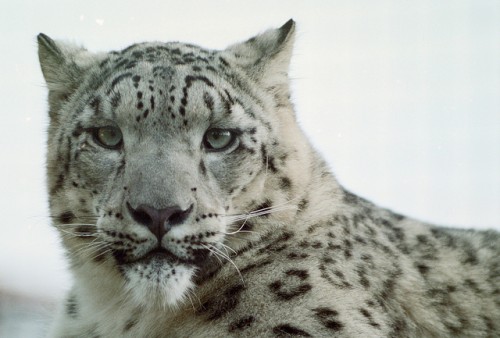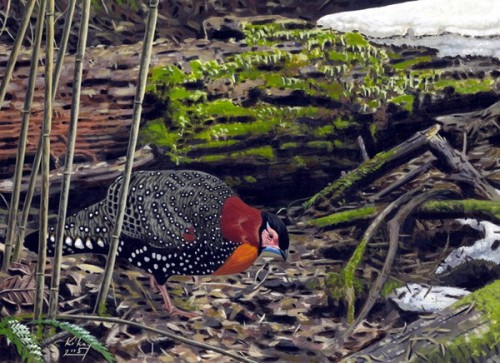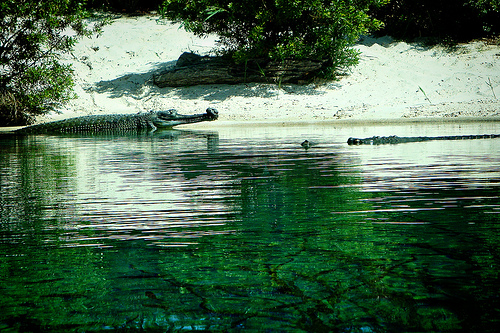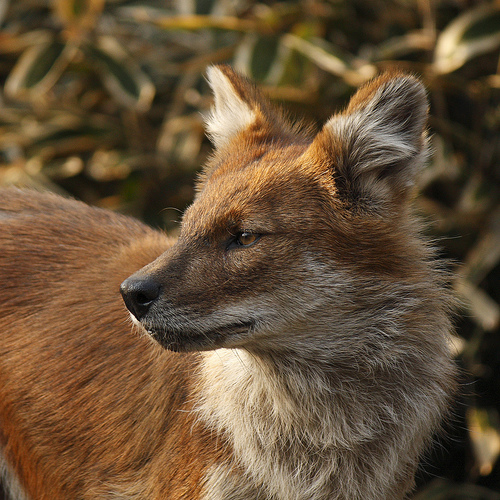The Western Himalayas are a haven of sorts to numerous rare and threatened species of flora and fauna. The nine year long wait to help protect this haven finally ended a few days ago, when the Great Himalayan National Park Conservation Area (GHNPCA) was granted the World Heritage site status by UNESCO. This decision was taken at the 38th meeting of the World Heritage Committee Session at Doha, Qatar and announced by the Ministry of Culture.
Located in Kullu district of Himachal Pradesh, the Great Himalayan National Park Conservation Area comprises of the Great Himalayan National Park with an area of 754.4 sq km, Sainj Wildlife Sanctuary with an area of 90 sq km and Tirthan Wildlife Sanctuary with an area of 61 sq km. The area includes the upper mountain glacial and snow melt water source origins of the westwards flowing Jiwanal, Sainj and Tirthan Rivers and the Parvati River flowing from the north-west. Besides this, 35 peaks higher than 5000 metres and 2 peaks higher than 6000 metres are a part of the Great Himalayan National Park.
The most unique thing about the Great Himlayan National Park is that it is the convergence of Oriental and Palaearctic areas and is therefore home to a rich biodiversity that thrives in both these bio geographic regions.
To Save the Threatened
Various threatened, near-threatened, vulnerable and endangered species like the Snow Leopard, the Red headed Vulture, Himalayan Black Bear, Chir Pheasant, Western Tragopan, Royle’s Vole, Himalayan Tahr, Himalayan Serow, Himalayan Ghoral and Himalayan Musk Deer inhabit the GHNPCA. The area also supports 25 threatened IUCN red-listed plant species.
Although the ancient concept of conservation like sacred groves of trees was already being followed in the GHNPCA, the title of a World Heritage site was very much required to ensure continued protection for these threatened species.
It was nine years ago, that an informal group of volunteers, The Friends of GHNPCA first came together, recognized the need and began the quest for affording global protection to one of India’s richest biodiversity spots in the Himalayas. They created an application of 250 pages, which was studied by the IUCN. Following this, in October 2012, the IUCN scientist Dr Graeme Worboys was sent on a field inspection to GHNP. In the 37th meeting of the World Heritage committee in 2013, various queries and referral information demanded by the IUCN was responded to by The Friends of the GHNPCA.
Finally this year, based on the criterion (x) of the UNESCO guidelines, the GHNPCA was included in the World Heritage list. The Criterion X is “To contain the most important and significant natural habitats for in-situ conservation of biological diversity, including those containing threatened species of outstanding universal value from the point of view of science or conservation.”
Positive effects
With the GHNPCA receiving the status of the UNESCO World Heritage site, Eco Tourism in these areas will receive a boost which will provide a way of income for the locals. The awareness for conservation of biodiversity will automatically increase.
In addition the forest authorities have assured that the rights of the families living in the core areas have been recognised and they would stay protected. There would be no relocation of any families outside the core park area. This ensures continued support of the locals in protecting the biodiversity in this region.
More Related Stories,
In Defence of the Narcondam Hornbill
Photographer Clicks Stunning Images of Snow Leopard with Kill
Rare Asiatic Wild Dogs, Dhole, Spotted in Bengal for the First Time
Image courtesy Roger Blackwell, Szabolcs Kokav via cc/Flickr











Awesome news 🙂
Yes Atul. Truly great news. This was much required. Himalayas are the treasure troves of biodiversity!